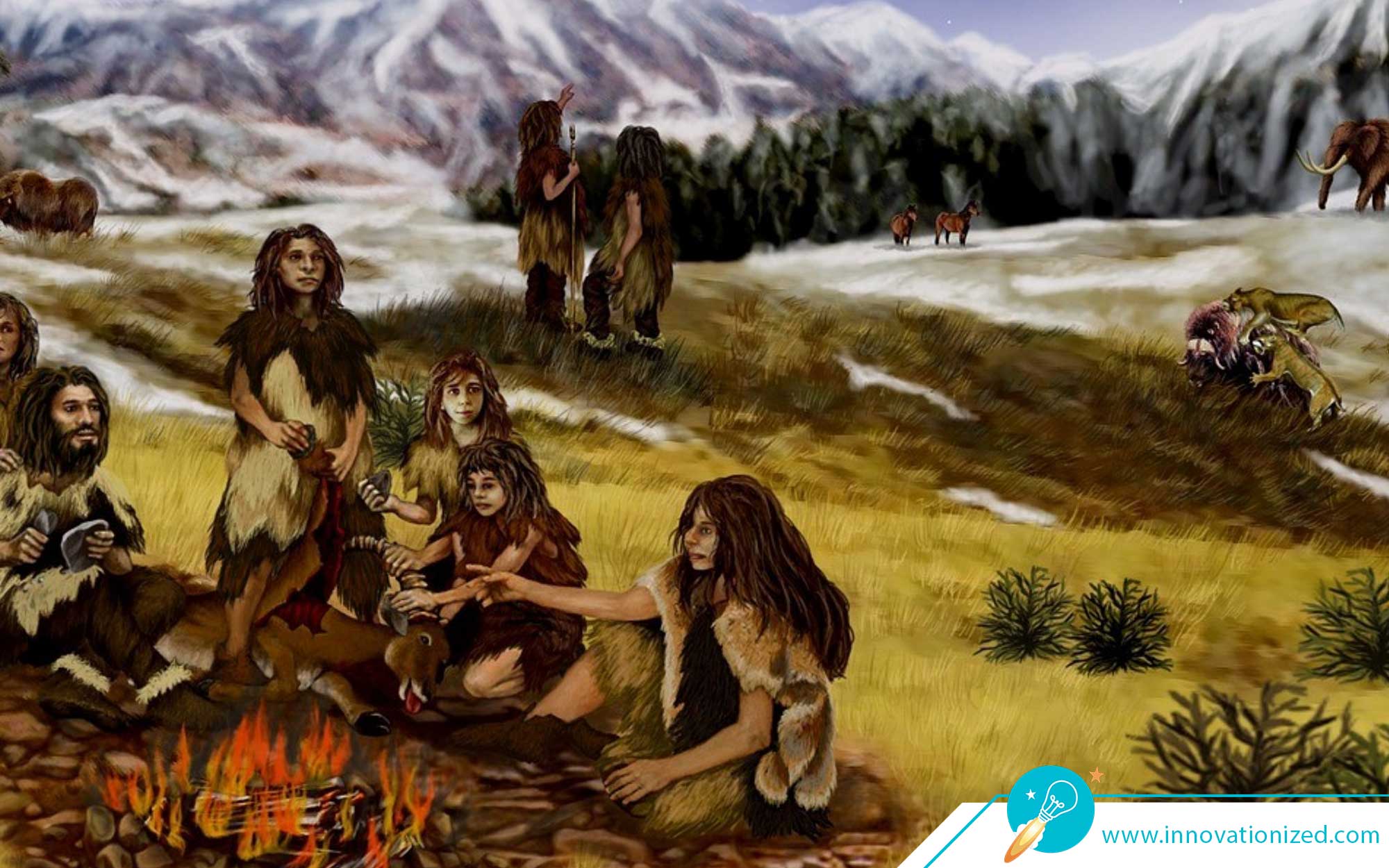Some tools are so simple, yet do their job so well, that they persist unchanged for decades, even thousands of years.
For instance, one that has been around over a hundred years, is the paper clip.
It was invented by Samuel B. Fay and patented in 1867. After 150 years, it is still going strong, without any significant changes to its design.
Which prehistoric tool is still being used today, virtually unchanged? Share on XThere is an even older tool, dating back to prehistoric times, that is still recognizable and used today virtually unchanged. Can you guess what it is?
Now, let’s rule out the oldest tools, stone tools like the crude knife. Stone tools go back about 3.3 million years, but they are not recognizable as the knives you would find in your kitchen.
This is an item, you probably have one or a few in your house, that is still used, and which has been around an incredible 50,000 years.
It is the sewing needle.
The oldest needle found is dated at around 50,000 years old.
It is made of bird bone. It is as recognizable as our needles today, and this 50,000 years old tool you could still use it today!
World's oldest needle found in Siberian cave that stitches together human history https://t.co/rCXw1vM8Dr pic.twitter.com/Iqwtumz0Gr
— The Siberian Times (@siberian_times) August 23, 2016
The Importance of this Prehistoric Tool
Without the invention of the needle, humans might not exist today. In fact, some have called it the most important invention in human history. Why is this?
The first humans, evolved in the relative warmth of Africa, about 6 million to 2 million years ago. We are adapted to the tropics.
The Last Glacial Period (LGP) or ice age, shrouded the earth in ice, snow, and bitter cold, from about 115,000 to about 11,700 years ago. Our early tropical ancestors were thus ill-adapted to the cold, and were forced to survive in extremely harsh conditions.
Primitive clothes go back to about this period, 100,000 years ago. Our ancestors used animals skins as simple capes to drape their bodies and protect themselves from the elements. They used a primitive form of sewing, in which they punctured holes in leather skins with and tied them together with tendons.
When the first humans migrated to northern climates about 45,000 years ago, they devised rudimentary clothing to protect themselves from the cold. They draped themselves with loose-fitting hides that doubled as sleeping bags, baby carriers and hand protection for chiseling stone. However, this was not adequate for extreme cold, especially if they were away from shelter and on the move hunting.
And that’s where the needle comes in.
We needed better protection than capes, wraps, and primitive clothes that let the cold in.
Everything changed around 50,000 years ago with what Brian Fagan, a professor of anthropology, argues is the most important invention in human history: the needle.
Fagan explains how the needle enabled humans to make better-fitting, and therefore warmer garments:
“The miracle of the needle was that it enabled humans to make tight-fitting clothing that was tailored to the individual, and that’s vital.”
– Brian Fagan, emeritus professor of anthropology at the University of California, Santa Barbara
Sewing, and clothing, very similar to what we know today, became a lot more sophisticated, about 50,000 years ago. Archaeologists have found engravings showing hunters wearing parka-like garments with sleeves.
These first needles were made of bone. The first metal needles only appeared, much later, in the mid-fourteenth century.
And today, the needle is still a vital tool for the garment industry, which, apart from our modern synthetic fabrics, makes clothes very similar to our ancestors.
If it were not for the early geniuses and inventor(s) of the needle, we might not be here today.
Which prehistoric tool is still being used today, virtually unchanged? Share on XReferences & Resources
- Brown, Peter. “The Paper Clip.” Scientific American. September 1, 2009. https://www.scientificamerican.com/article/the-paper-clip/
- “Lomekwi.” Wikipedia. https://en.wikipedia.org/wiki/Lomekwi
- “Found: The World’s Oldest Sewing Needle.” AtlasObscura. August 24, 2016. https://www.atlasobscura.com/articles/found-the-worlds-oldest-sewing-needle
- “Human Evolution.” Smithsonian Institute. November 10, 2024. https://humanorigins.si.edu/education/introduction-human-evolution
- Leroi-Gourhan, Andre. “Primitive Societies.” History of Technology and Invention Vol I. Crown Publishers, New York, 1969. pp 49.
- Hill, Richard. “Textiles and Clothing.” Encyclopedia of the History of Technology. Routledge, London, 1990. 851.
- Roos, Dave. “How Early Humans Survived the Ice Age.” History.com. July 15, 2021. https://www.history.com/news/ice-age-human-survival






